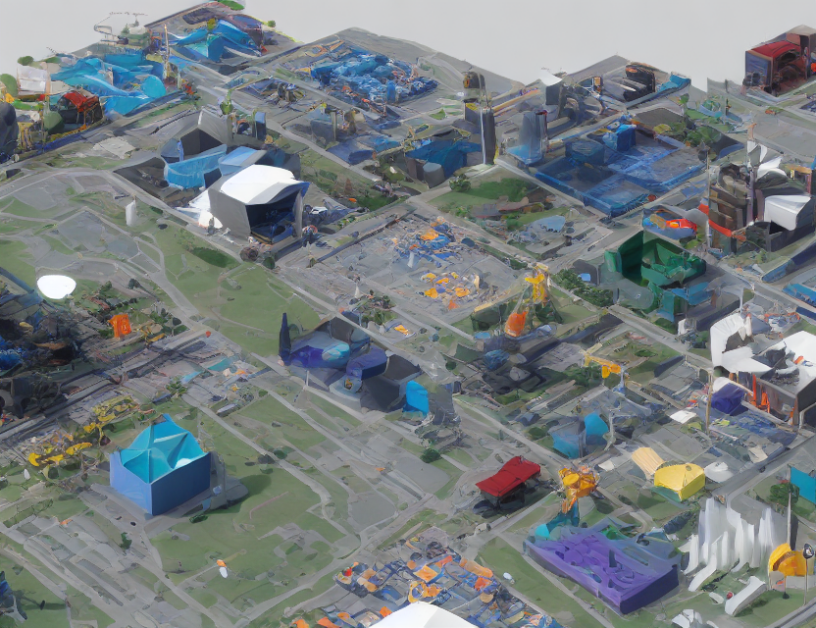Beamforming is a technology used in wireless communications to improve signal quality and increase network capacity. In this article, we will explore the concept of beamforming, its advantages, and its applications in various scenarios.
Firstly, let’s understand what beamforming is. Beamforming is a process by which multiple antennas are used to focus their energy on a specific area or user, creating a directional beam. This technique improves the signal-to-noise ratio (SNR), resulting in better quality and higher data rates.
Now, let’s dive into the advantages of beamforming. Beamforming offers several benefits, including increased network capacity, reduced interference, and improved signal quality. In urban areas with tall buildings and obstacles, beamforming can help overcome these challenges by directing the signal to where it is needed most.
Next, we will discuss various applications of beamforming. Beamforming is widely used in wireless networks, including cellular systems, satellite communications, and wireless local area networks (WLANs). In cellular systems, beamforming helps improve call quality and increase data rates by directing the signal to the user’s device. In satellite communications, beamforming enables more accurate and reliable signals in remote areas. Finally, WLANs can use beamforming to improve network coverage and capacity.
Now, let’s discuss some of the challenges associated with beamforming. One of the significant challenges is the complexity of implementing beamforming in large-scale networks. Another challenge is the high computational cost of processing the complex signal patterns generated by beamforming. Finally, there may be interference from other wireless systems operating on the same frequency band as the beamforming network.
To address these challenges, researchers have developed various techniques and algorithms to simplify the process of implementing beamforming in large-scale networks. These techniques include using machine learning algorithms to optimize beamforming parameters and reducing the computational cost by using parallel processing.
In conclusion, beamforming is a powerful technology that can significantly improve wireless communication networks. By understanding the basics of beamforming, its advantages, and its applications, we can unlock the full potential of wireless communications. While there are challenges associated with implementing beamforming in large-scale networks, researchers continue to develop innovative solutions to overcome these challenges. As technology advances, we can expect to see even more significant improvements in wireless communication networks thanks to beamforming.
Computer Science, Information Theory
Research Collaboration in Communications and Intelligent Systems: A Multidisciplinary Approach



